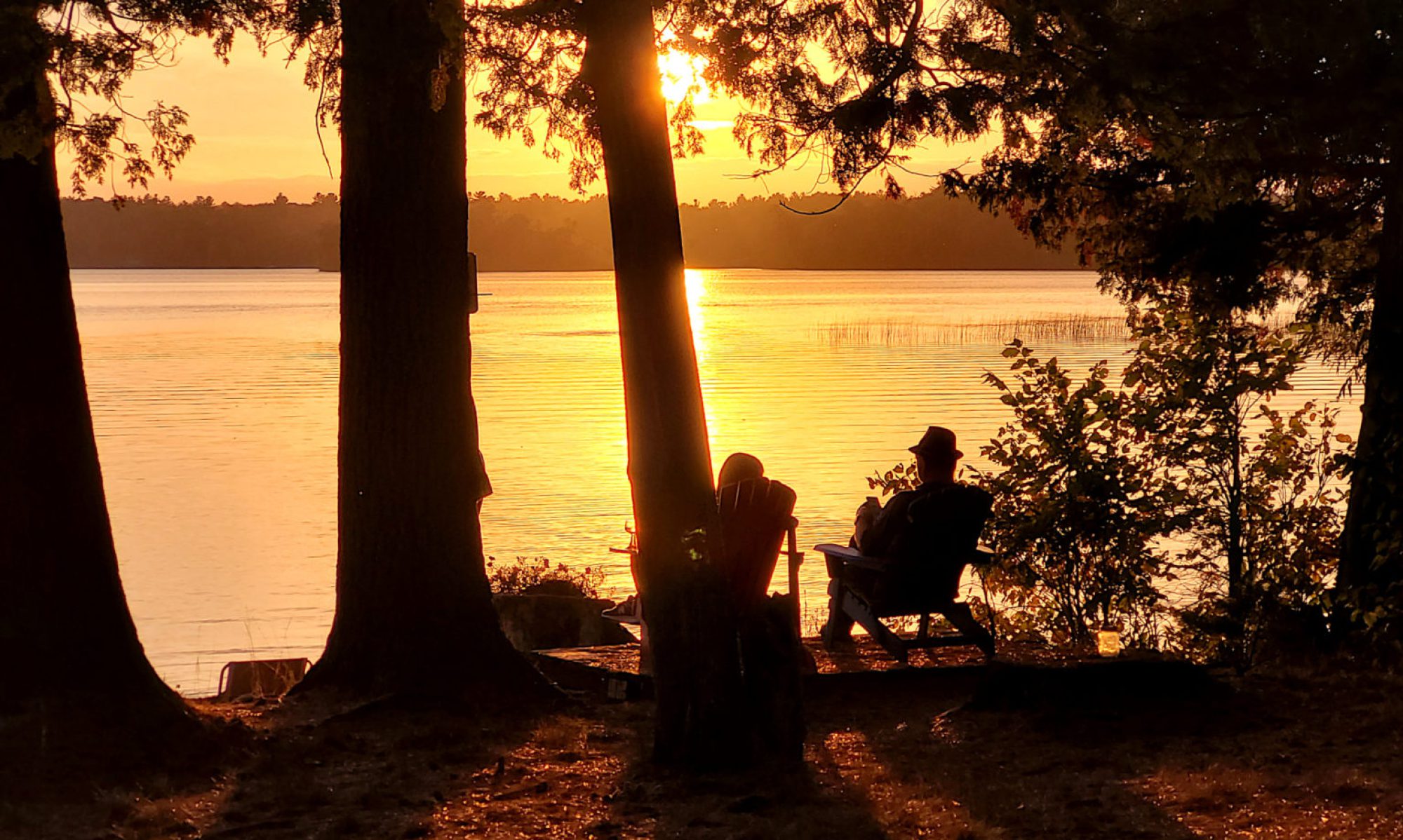
From CBC: “When a 44-year-old man from France started experiencing weakness in his leg, he went to the hospital. That’s when doctors told him he was missing most of his brain. The man’s skull was full of liquid, with just a thin layer of brain tissue left, a condition is known as hydrocephalus. “He was living a normal life. He has a family. He works. His IQ was tested at the time of his complaint. This came out to be 84, which is slightly below the normal range … So, this person is not bright — but perfectly, socially apt,” explains Axel Cleeremans. Cleeremans is a cognitive psychologist at the Université Libre in Brussels. When he learned about the case, which was first described in The Lancet in 2007, he saw a medical miracle — but also a major challenge to theories about consciousness. “It is truly incredible that the brain can continue to function, more or less, within the normal range — with probably many fewer neurons than in a typical brain.”
The killer lakes of Cameroon

From Damn Interesting: “On the night of 15 August 1984, a truck sagging with the weight of a dozen passengers trundled along a misty road in Cameroon, Africa. Although there had been no indication of a problem mere moments before, the vehicle suddenly sputtered and stalled. The driver turned the key, but the churning ignition was unable to reanimate the engine. Most of the Cameroonians clambered out of the vehicle to investigate, but two remained atop the truck. Within a few moments, each of the ten passengers who had stepped off the vehicle slumped to the ground. Within minutes, they were dead. They weren’t the only ones. In the neighboring low-lying villages, twenty-seven other residents inexplicably passed away in their sleep, and an unspecified number of animals perished in the vicinity. Investigators were at a loss to explain the mass fatalities.”
Note: This is a version of my personal newsletter, which I send out via Ghost, the open-source publishing platform. You can see other issues and sign up here.
Continue reading “Man who is missing 90% of his brain leads a normal life”
























